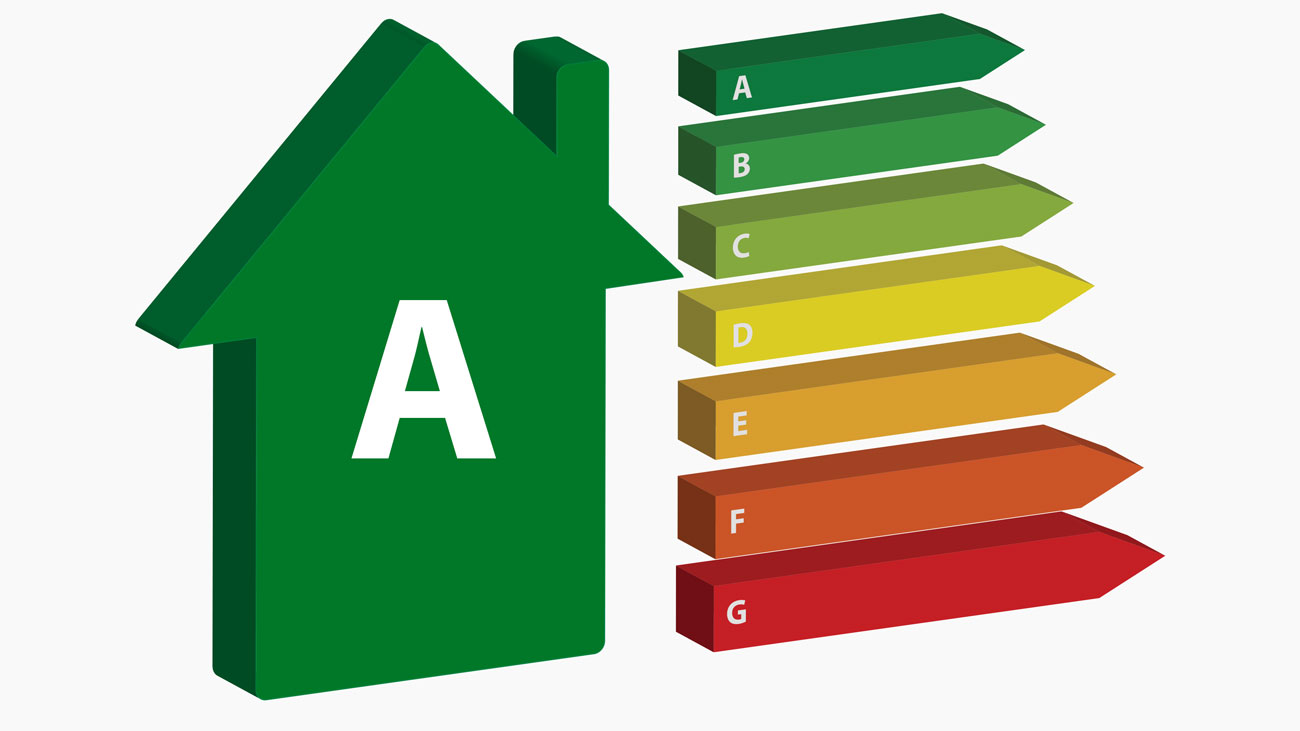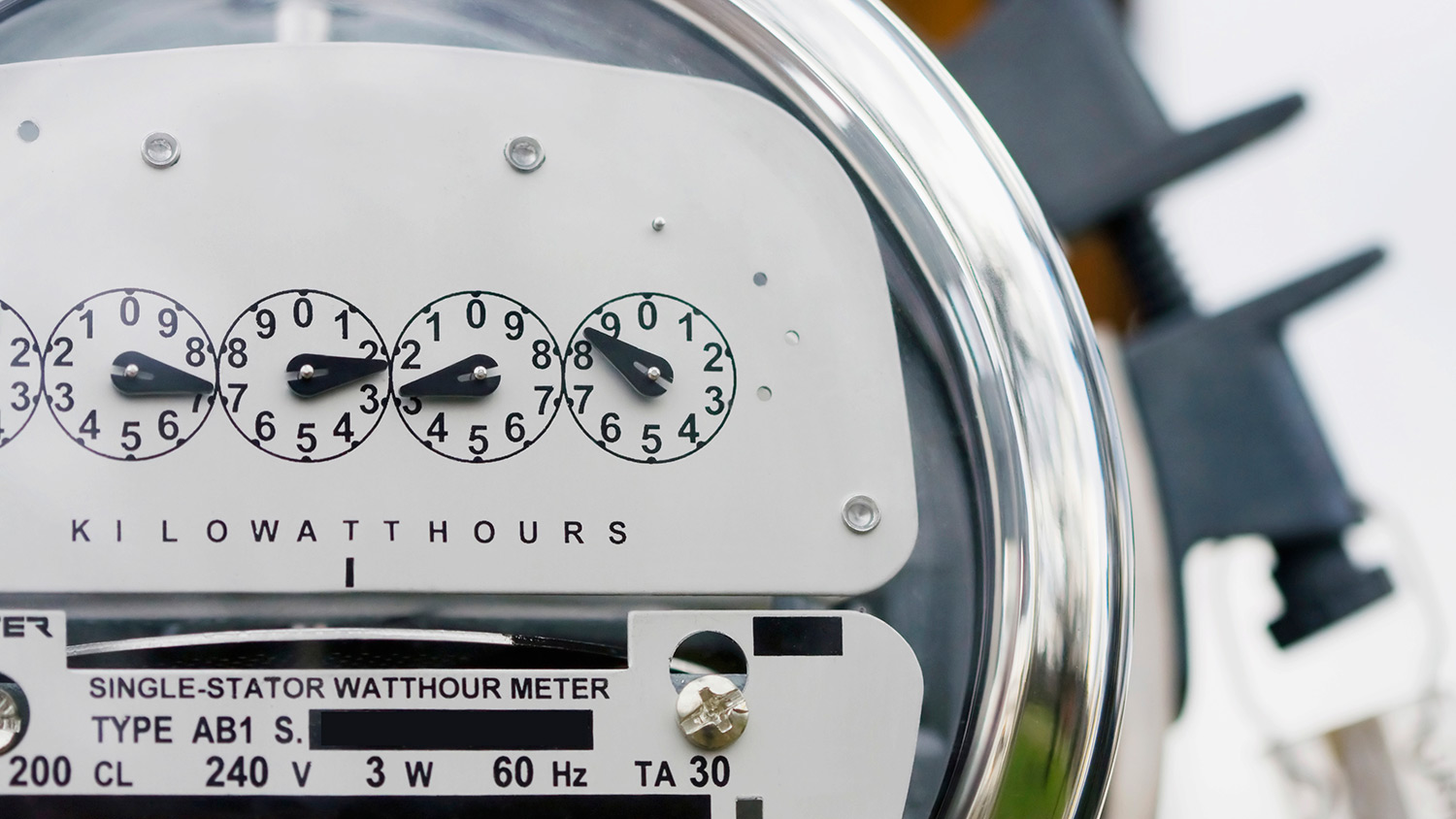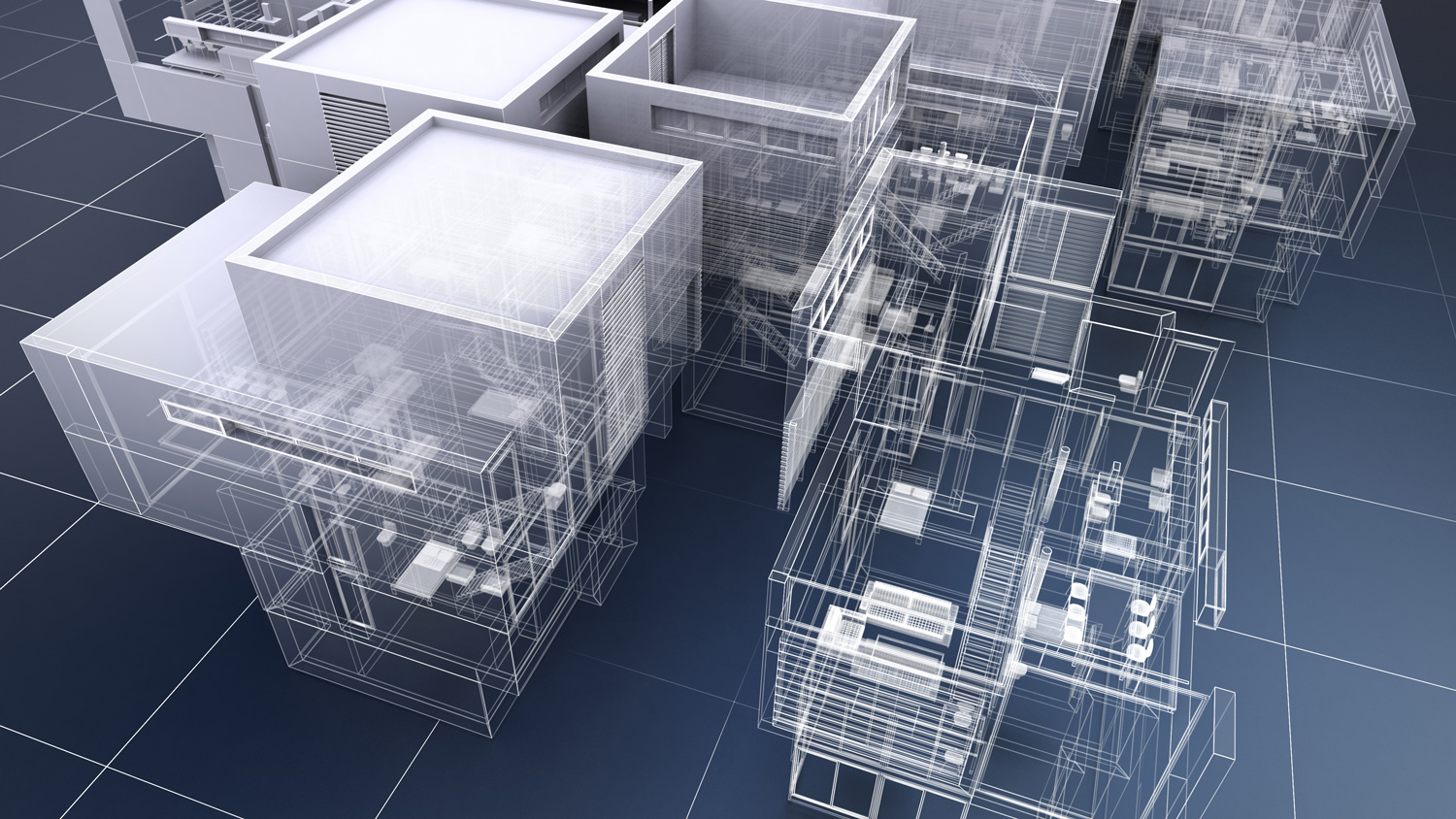
How to improve your organisation’s energy performance
In July, the Construction Leadership Council (CLC) published its Roadmap to Recovery, setting out how the construction industry can adapt and support transformation following the COVID-19 pandemic.
While the CLC’s roadmap focuses on the construction industry, the Restart, Reset, Reinvent framework can be applied to the existing built environment as well. The world is changing, bringing both a need to adapt and an opportunity to do things better.
A key area of change is how buildings are used. Organisations and individuals have proven that flexible working is effective and, in many cases, working practices are unlikely ever to return to pre-COVID ‘normal’. Workplaces will change, hours will become more varied, and companies may look to downsize their space. This will have a significant impact on energy management and utilities use, but we are in a period of flux and it will not happen overnight.
Restart
In the coming months, lockdown measures will continue to be reduced. Organisations that have been on hold will be kicking back into action, furloughed staff will be returning to work, and those who have been working from home will start to return to offices on a flexible basis. The focus for many will be on increasing output, minimising disruption, and keeping colleagues safe.
This is the time to maximise on immediate, low cost energy savings – the simple practices that can avoid waste and reduce bills. Many organisations are cascading information around health and safety, working practices and annual leave, and these updates provide a great opportunity to ‘reset behaviour’ and bring energy efficiency into the discussion.
Although the year so far has been far from ordinary, legislative requirements have not changed and compliance activities must still be carried out. The Restart phase is a great time to perform risk reviews, to identify any gaps and make sure necessary work is underway. SECR, ESOS, EPCs, DECs and a plethora of other acronyms must not be ignored.
Reset
As operations start to gain some stability, companies will be looking to consolidate and develop. There will be increased understanding of what the ‘new normal’ will look like, and a period of forward-planning.
Energy efficiency, zero carbon aspirations and climate resilience should all be part of this conversation. Many organisations have, or are in the process of, setting strategic Net Zero targets and the Reset phase is an ideal time to develop ambitions into a robust plan.
As working practices start to settle into a routine, it’s a great time to review how buildings are performing. What has changed? Do spaces meet occupants’ evolving needs? Do controls strategies fit with the new world? Building and energy management controls will be the key to unlocking performance improvements, with better zoning allowing more flexible control, and landlord-tenant contracts starting to incorporate bespoke occupancy and controls requirements.
Reinvent
In the long-term, ways of working and how buildings are used will be permanently transformed. Communities and organisations are striving for Net Zero and technology innovation continues at a supercharged pace. The Reinvent phase brings the challenge of preparing for this new world.
In the next few years, the focus will be on implementing systems to support and enable this transformation, and understanding and trialling new technological solutions. Robust planning through the Reset phase means these changes can be aligned with existing asset replacement programmes as far as possible to reduce costs. The following ideas map out what this could look like, but the list is endless.
- Occupancy monitoring linked to building management systems, enabling automatic control with flexible occupancy patterns.
- High resolution asset monitoring, using performance data to drive proactive maintenance regimes.
- Interlinked low carbon generation, EV charging and battery technologies with demand management capabilities.
- Detailed energy monitoring, improving understanding of consumption and waste, while enabling flexible billing in variable workspaces.
- Low carbon heating solutions able to modulate without losing efficiency, to meet highly flexible demand.
This article was produced by sustainability specialists Acclaro Advisory.





